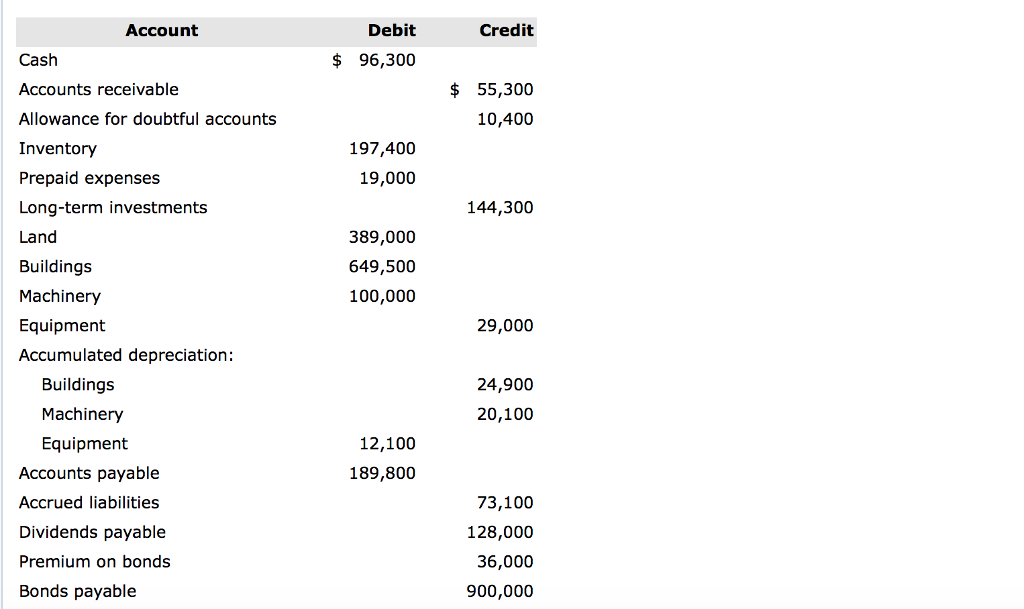

decreases in assets and increases to liabilities and shareholders’ equity appear on the right side of the journal entry.


increases in assets and decreases in liabilities and shareholders’ equity appear on the left side of the journal entry.Understanding the accounting rules that govern this process enables one to effectively encapsulate and then communicate economic events through the financial statements.īearing in mind the fundamental accounting equation and the need for the equation to stay in balance, the following general guidelines help clarify how a journal entry (credits and debits) is recorded: Usually, one side of the transaction is obvious (e.g., when cash is received, it is an asset that increases) but it is the judgment about the nature of the other side of the entry that involves some thinking about which part of the financial statements are affected. the direction of the affect (increase or decrease)ĭetermining whether an event is a debit or a credit can be complex.Note that each journal entry records both a debit and a credit for every transaction, and the two amounts on either side must equal each other so that the fundamental accounting equation stays in balance.įor each business transaction, a journal entry shows three key aspects: Debits are dollar amounts that accountants post to the left side of the journal entry, and credits are dollar amounts that go on the right. Journal entries consist of two sides: debits and credits.


 0 kommentar(er)
0 kommentar(er)
